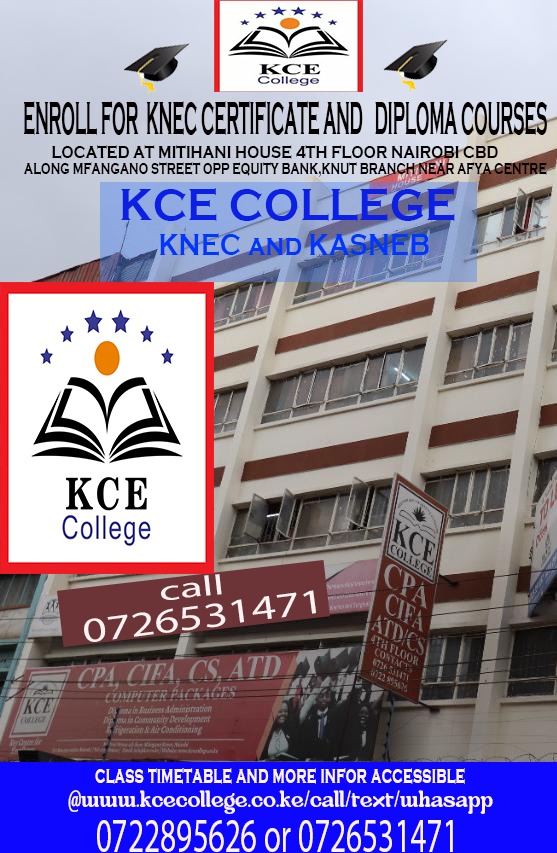You are required to identify one form of audit evidence that is relevant and explain in each case whether that form of evidence is reliable and sufficient
A trade debtor shown in the balance sheet
One form of audit evidence would be to obtain a direct confirmation from the debtor. This evidence is reliable because it is obtained from an independent third party and it is in writing. Such evidence is relevant in confirming the existence and also provide persuasive evidence as to ownership rights of the amount owing by the debtor. However, because of human nature, confirmations may not provide such persuasive evidence of accuracy where the entity‘s balance is in error in the other party‘s favour, e.g. an understatement of debtors.
The evidence is however not sufficient because additional information will be required to for example confirm the valuation of the balance.
A batch of work in progress
One form of audit evidence would be to observe the stock take exercise as at the end of the financial period to ensure that the WIP is accurately computed and that the results can be relied upon. In addition it would be important to confirm there are appropriate procedures to identify the stage of completion of the WIP.
This evidence is relevant in confirming the existence of the stock and also in identifying the stage of completion in determining the valuation.
The evidence obtained through observation of the process is reliable because it is evidence obtained by the auditor. However, it is not sufficient because additional information will be required to test other assertions such as the valuation of WIP. The auditor would for example need to obtain need to confirm that all costs attributable to the WIP have been taken into account in the valuation.
A contingent liability disclosed in the notes to the accounts
One form of audit evidence would be obtain a letter of representation from management on the nature of the issue bringing rise to the contingent liability and also the factors that were considered in determining the accounting treatment of the contingency. This evidence would be relevant in confirming whether the contingency has been appropriately treated in the financial statements and whether there might be need to create a provision.
Depending on the nature of the contingency it might be necessary to obtain additional information. For example if the contingent liability arises out of a legal case against the company it might be necessary to obtain an independent confirmation from the company‘s lawyers on the possible outcome of the case and a quantification of the expected liability.
